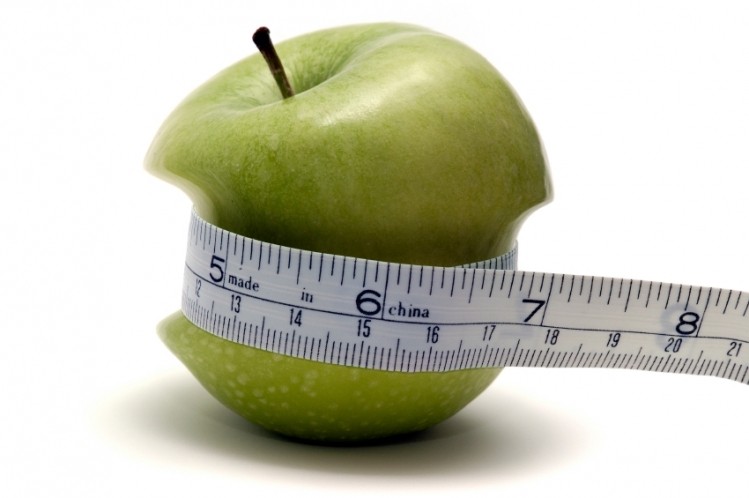Pharmavite study using NHANES data shows obese adults have lowest micronutrient intakes

In the study supported by Pharmavite published this month in the Journal of the American College of Nutrition (JACN), researchers compared usual intake for essential nutrients by body weight status in adult Americans using data from the National Health and Nutrition Examination Survey (NHANES), 2001-2008. The study found that while the majority of Americans are lacking adequate nutrient intake, overweight and obese adults are at a higher risk for nutrient inadequacy. Compared to normal weight adults, obese adults had about 5% to 12% lower intakes of micronutrients and higher prevalence of nutrient inadequacy. For example, 48% of normal weight individuals don't meet the EAR for calcium, while 50% of overweight and 51% of obese individuals fall short of calcium requirements. Also, 45% of normal weight individuals don't meet the EAR for vitamin A, while 50% of overweight and 52% of obese individuals fall short of vitamin A requirements.
This adds up to a glaring need, with the the Centers for Disease Control and Prevention, more than 67% of Americans are overweight or obese.
"Insufficiency of micronutrient intake is a global nutrition issue," said Victor Fulgoni PhD, one of the study’s authors. "The NHANES data shows that a high percent of the population have problems meeting recommended nutrient intake for vitamins A, C, D and E, magnesium and calcium.”
Study details
The study used the NHANES data to compare nutrient intake for three groups: normal weight individuals with a body mass index of 25 or less; overweight individuals with BMIs between 25 and 30 and an obese category with a BMI of 30 or more. The study measured the intakes of the following micronutrients: vitamins A, C, D and E, choline, dietary fiber, choline, calcium, magnesium and potassium. In every category save one (choline), the normal weight individuals showed the highest intakes, with the overweight group ranked second and the obese group showing the lowest intakes.
Interestingly, the normal weight group ate the most, taking in 2,216 daily calories on average, compared to 2,002 calories for the overweight group and 2,154 for the obese group, indicating that lifestyle factors, such as greater exercise for normal weight group, and possibly genetic factors are in play. The normal weight group also ate the most fruit, while the consumption of vegetables was level across the three groups. The normal weight group ate slightly less protein (the obese group ate the most) more dairy and, surprisingly, ate the most added sugar.
The study authors concluded: “This study demonstrates lower micronutrient intakes and higher prevalence of micronutrient inadequacy among obese adults compared to normal weight adults. Though some of these results may be due to underreporting by obese subjects, the data suggest the need to continue to stress consumption of nutrient-dense foods.”
"To our knowledge this is the first time intakes of micronutrients were assessed by body weight status using a large database" said Dr. James Brooks, Vice President, Science, Technology and Quality, Pharmavite, and study author.
The study also assessed dietary supplement intake.
"The study showed that dietary supplement users had higher overall intakes and a lower prevalence of inadequacy of micronutrients compared to non-supplement users. This suggests the possibility that dietary supplements may help with filling the gap in nutrient inadequacies,” Brooks said.
Source: Journal of the American College of Nutrition
"Comparison of Prevalence of Inadequate Nutrient Intake Based on Body Weight Status of Adults in the US: An Analysis of NHANES 2001-2008,"
2015 Jan 7:1-9 (Epub ahead of print)
Authors: James R Brooks, Carroll Reider, Victor L Fulgoni, Sanjiv Agarwal














